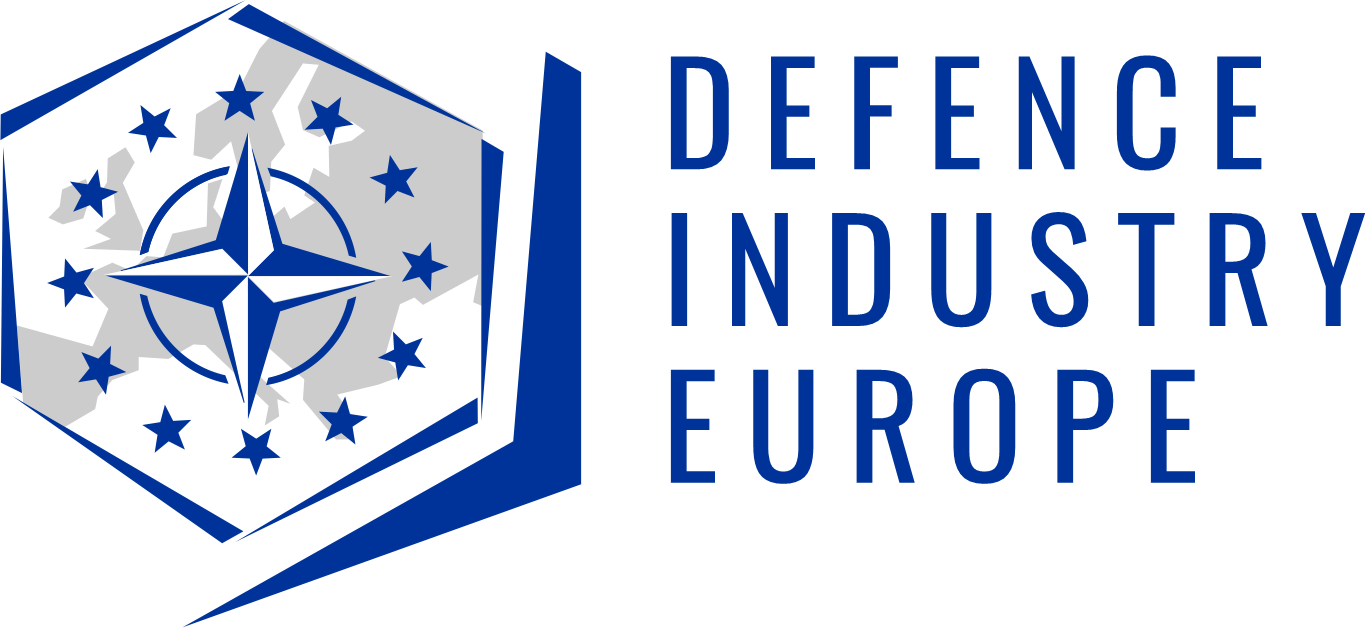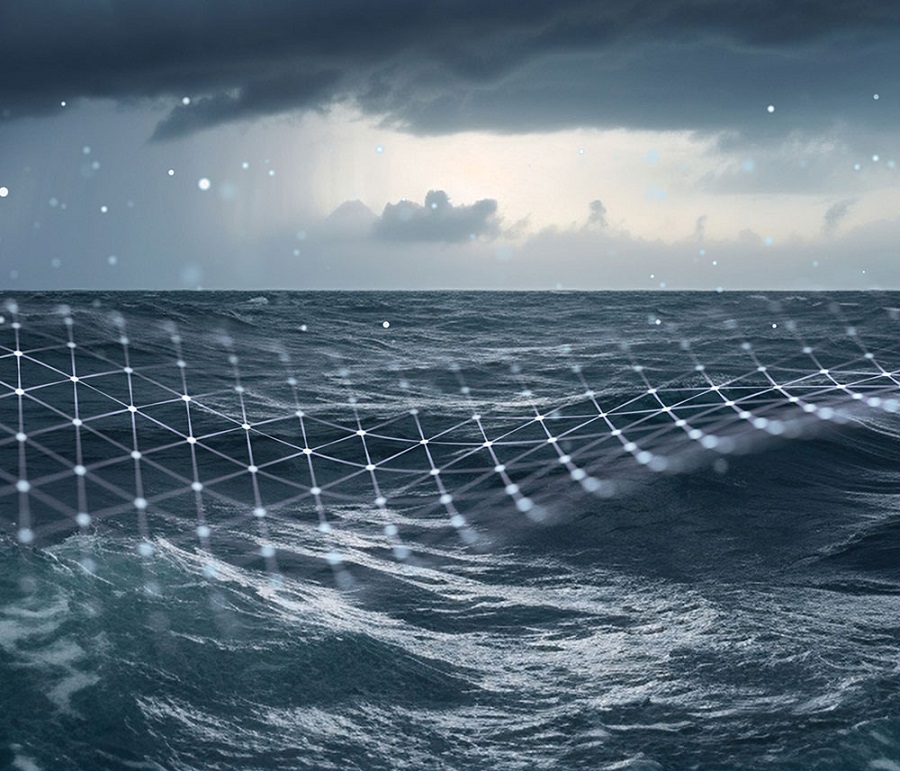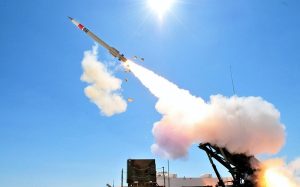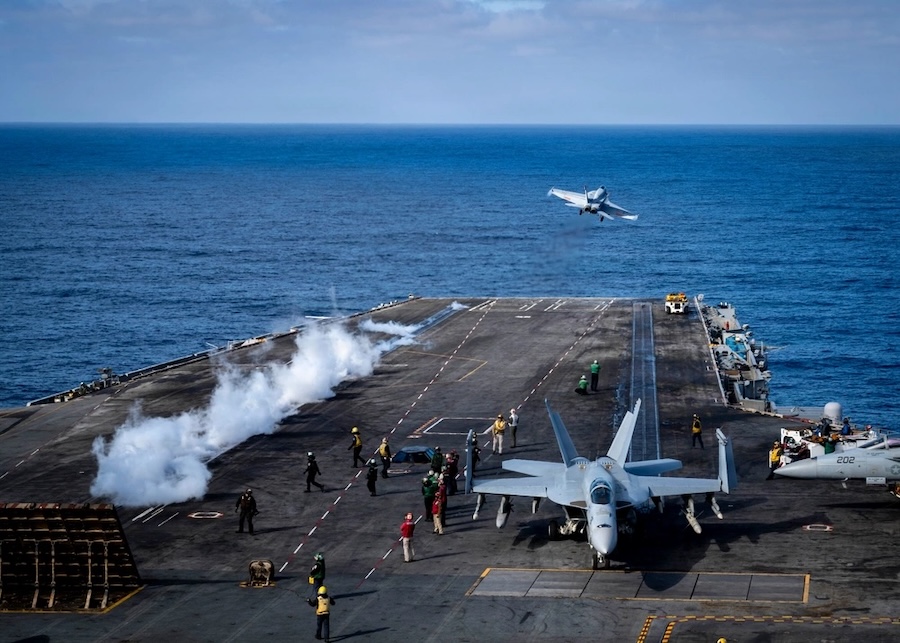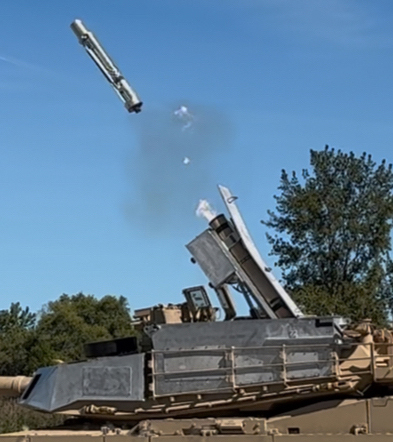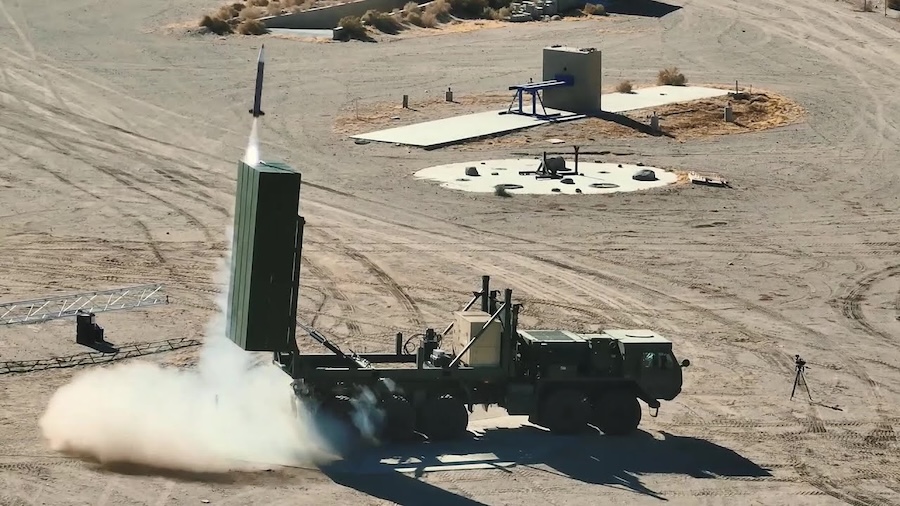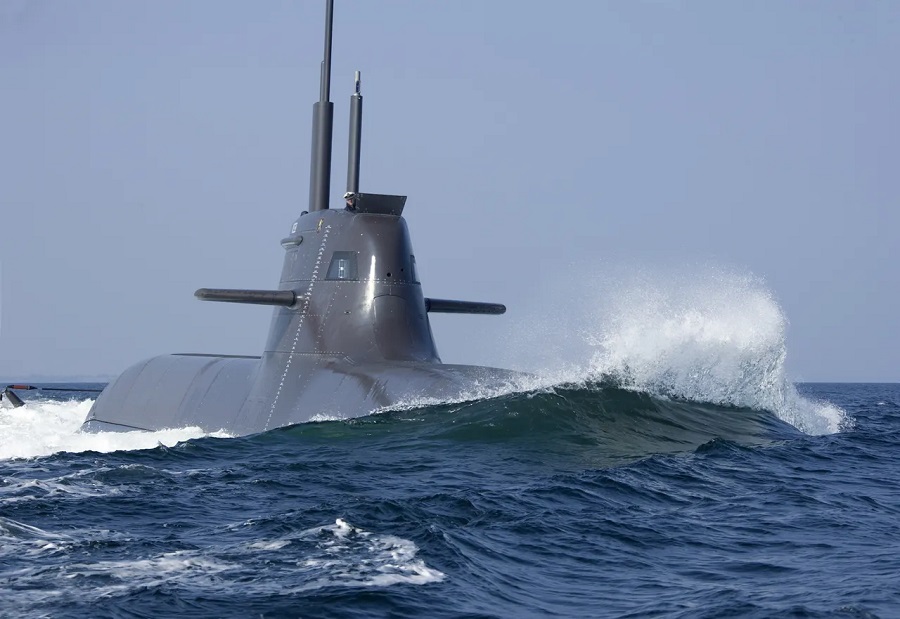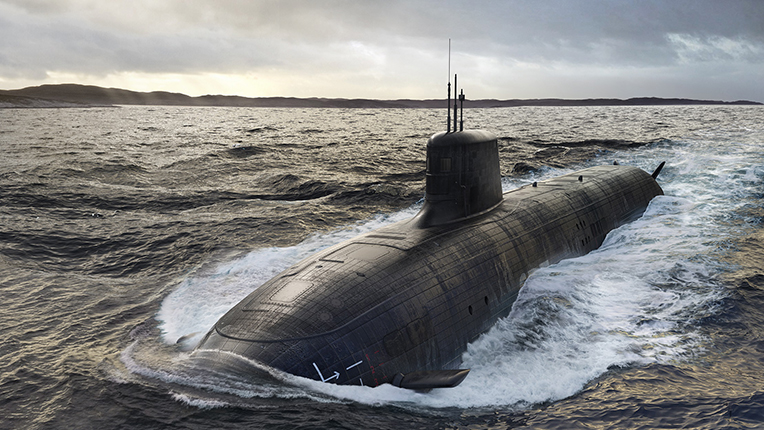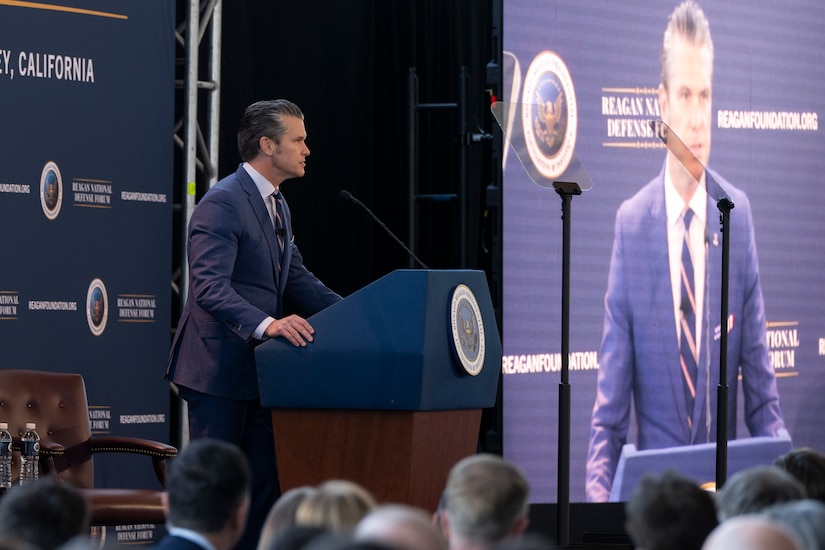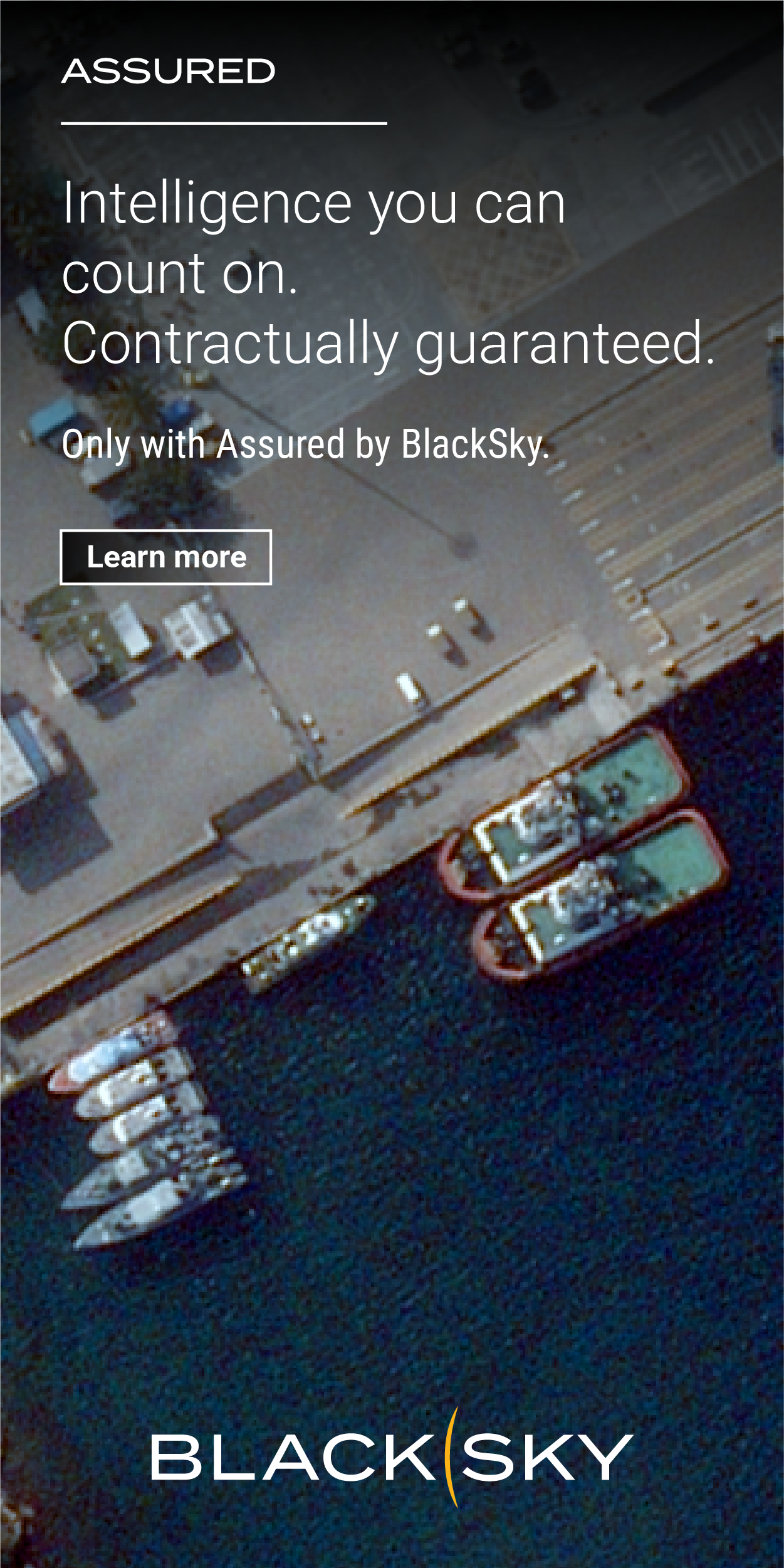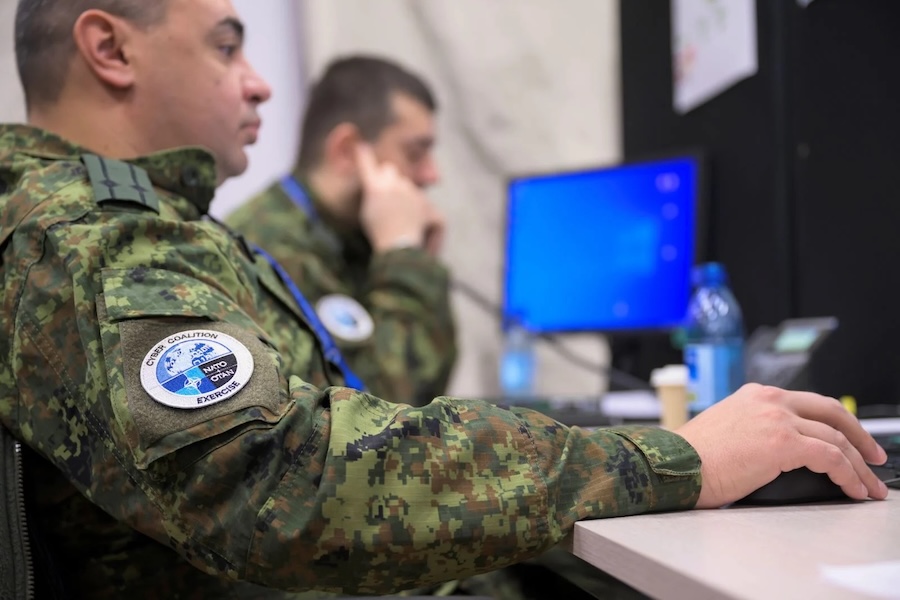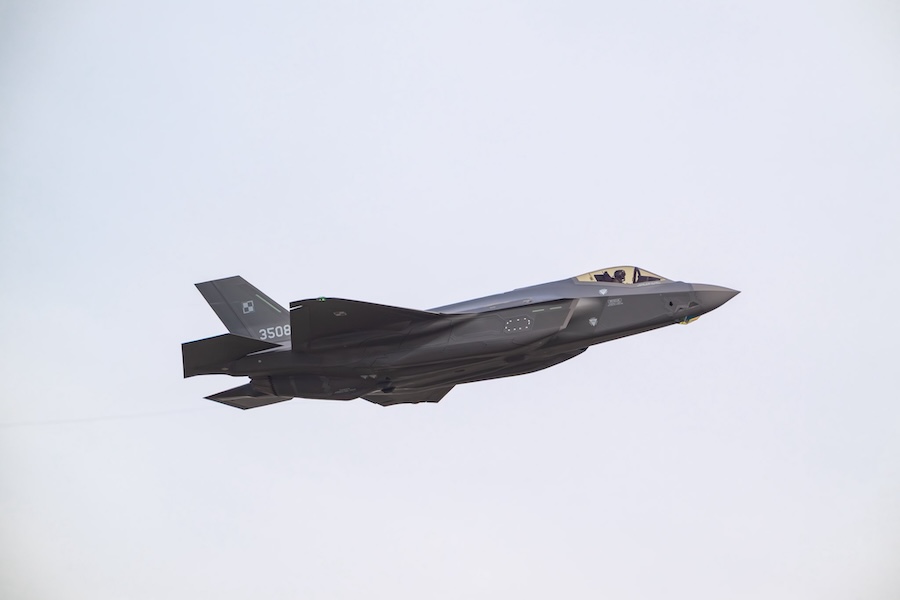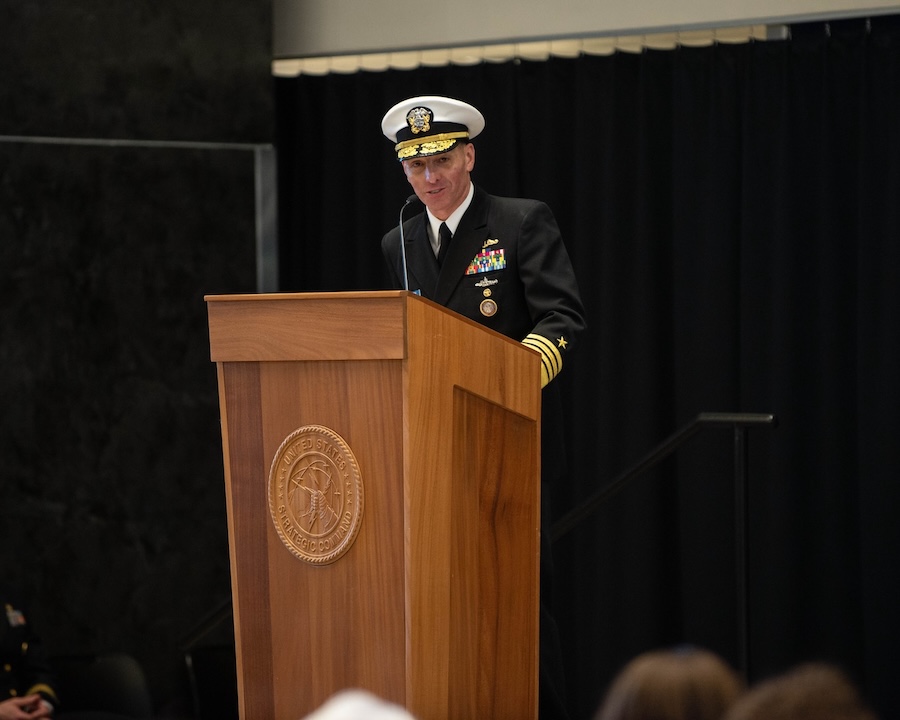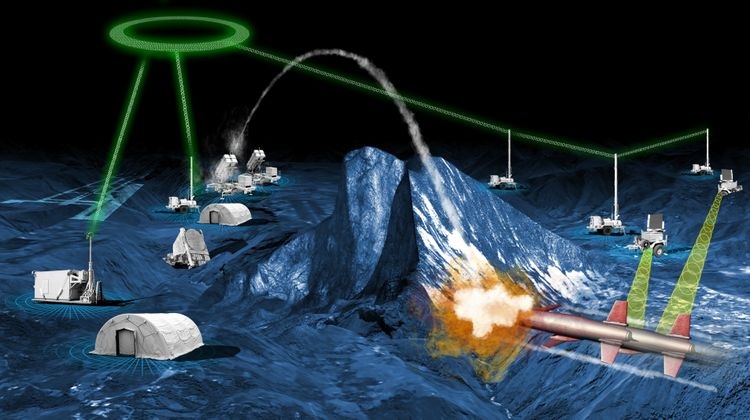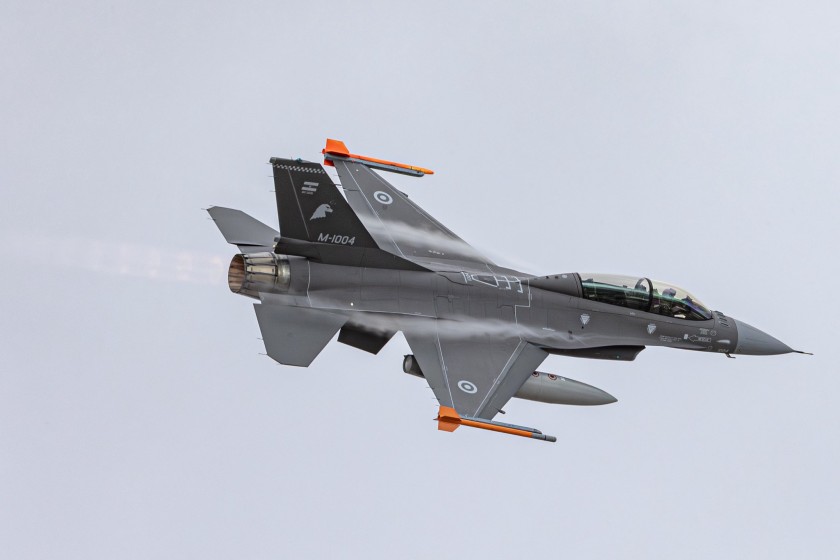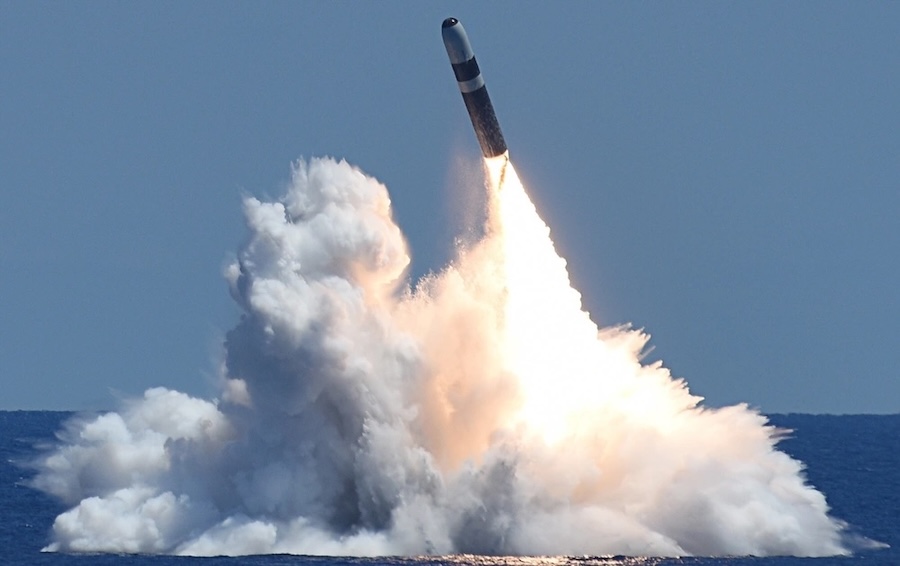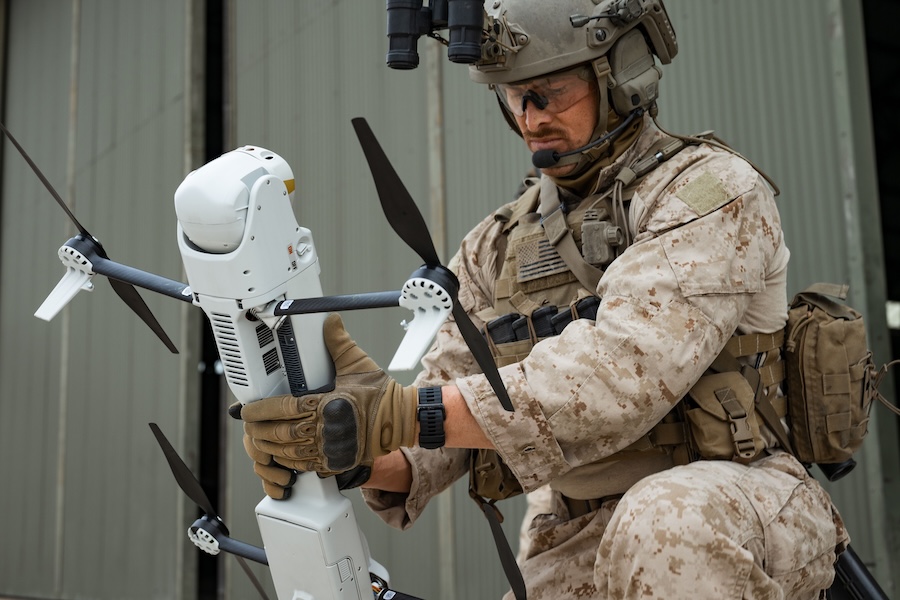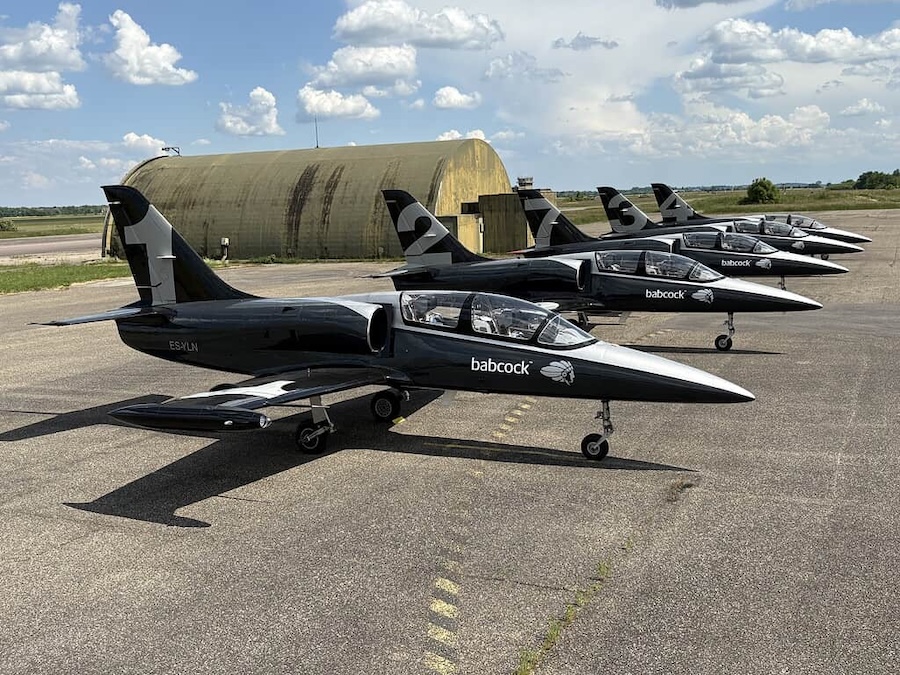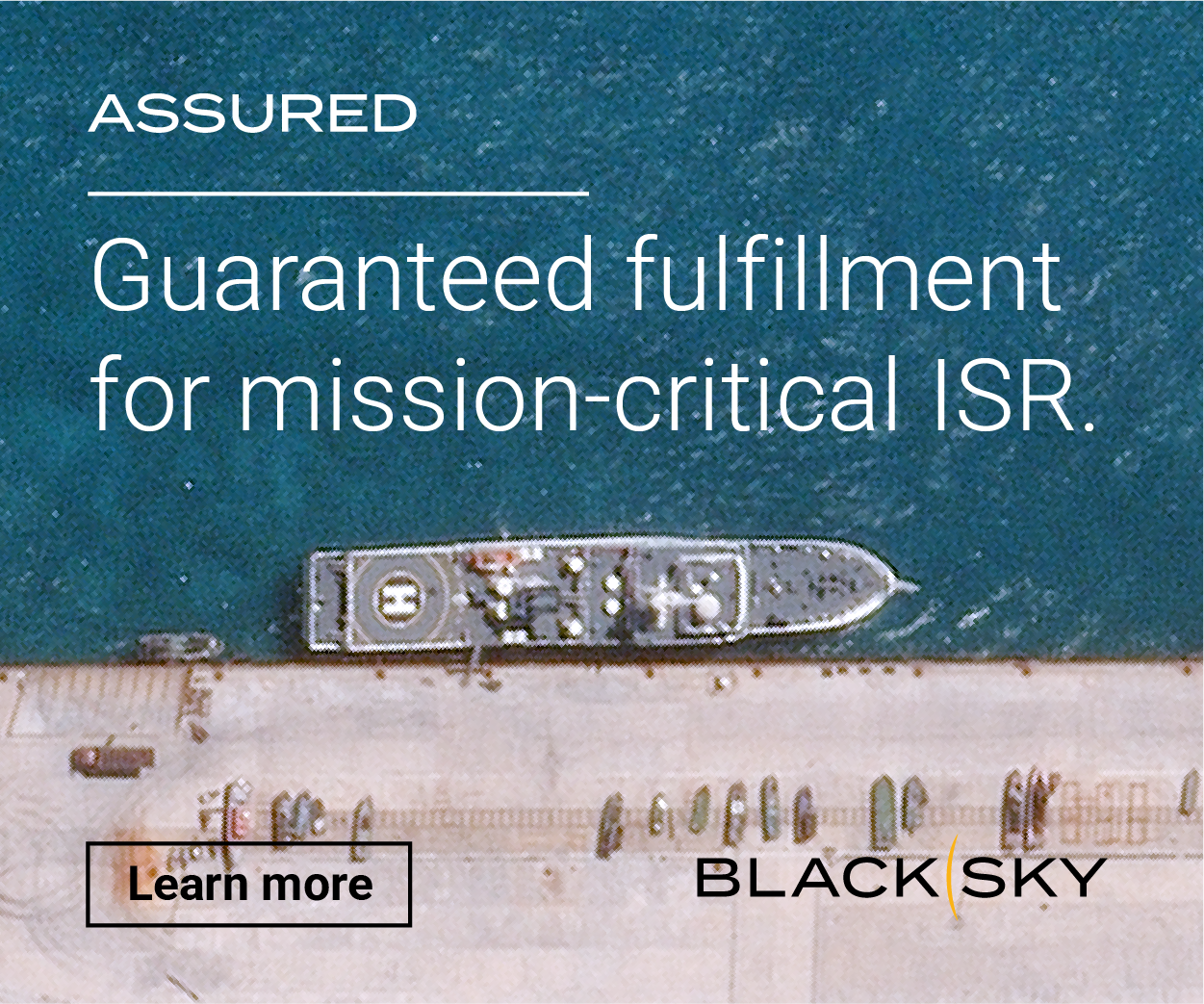SAR is a leading technology for imaging sea-based targets such as warships, but it traditionally depends on manual image interpretation. The integration of AI enables faster, more accurate, and automated image analysis, allowing warfighters to distinguish between combatant and civilian vessels without human input.
“This is a major leap for harnessing AI to help enhance situational awareness and decision-making capabilities, with unparalleled threat identification across extended ranges and all-weather conditions,” said John Clark, senior vice president of technology and strategic innovation at Lockheed Martin. “We are committed to continuing to advance this capability, including data integration from multiple sensors, to create more accurate insights and help the warfighter make informed decisions in the maritime battle space.”
The breakthrough was developed by Lockheed Martin’s AI Center (LAIC), in collaboration with its Skunk Works® and Rotary Mission Systems (RMS) teams. It represents a significant stride in improving situational awareness and target recognition in complex maritime environments.
During the demonstration, the SAR Automatic Target Recognition (ATR) feature, supported by Machine Learning Operations (MLOps) tools for rapid retraining, successfully classified targets in near real-time. The radar was autonomously re-tasked in response to detections, operating on low Size, Weight, and Power (SWaP) hardware with rapid edge processing—eliminating the need for cloud computing or ground stations.
Lockheed Martin plans to continue testing AI-powered SAR ATR throughout the year. Data collected will be used to further develop autonomous systems, including collaborative combat aircraft and wider family of systems applications.



